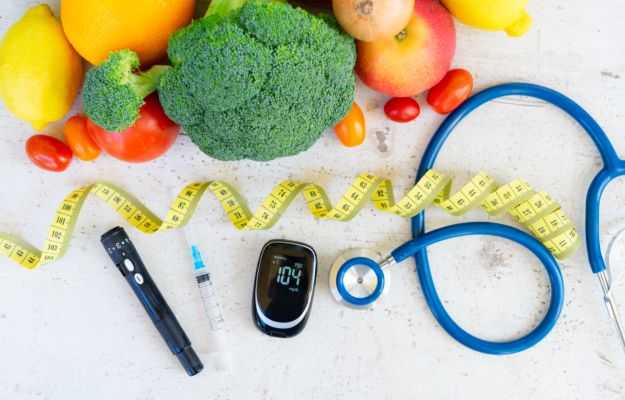Insulin is a hormone that helps the body use up blood sugar to produce energy. Thus insulin maintains the blood sugar level in the body. But in some cases, the body becomes resistant to insulin (insulin resistance) and the level of blood glucose (sugar) starts increasing. Eventually, the person develops diabetes. However, there is a stage between being completely healthy and being diabetic—this stage is known as prediabetes.
Prediabetes is an early warning sign that you might get diabetes down the road. Since the signs of prediabetes are not very obvious, it often goes undiagnosed. When somebody with prediabetes gets a blood test, their blood glucose levels come out higher than the normal limits, yet not so high as to be considered diabetes.
Prediabetes is an indication that you may develop type 2 diabetes soon if you don’t change the way you live. Unhealthy habits like living a sedentary life and eating unhealthy food are two of the most common reasons for developing prediabetes. However, the good news is that if a person makes necessary changes in their lifestyle, they may stop the progression of the condition and live a diabetes-free life.
Reducing stress, eating healthy food, exercising regularly and quitting smoking are some of the things that can help you maintain your blood sugar levels.
Please click on a link to get the all details regarding diabetes treatment.
(Read More - Diabetic Nephropathy treatment)

 Doctors for Prediabetes
Doctors for Prediabetes  OTC Medicines for Prediabetes
OTC Medicines for Prediabetes
 Prediabetes articles
Prediabetes articles


































 Editorial Team
Editorial Team












